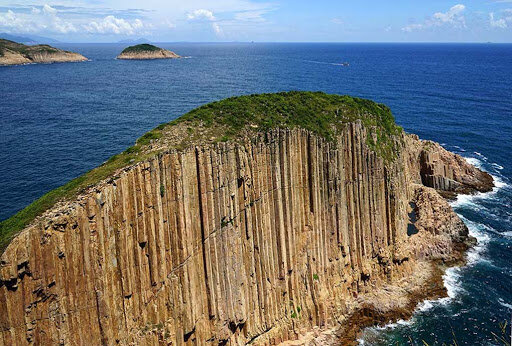An oasis of green in an urban setting, Hong Kong Park is outstanding in the way its design blends in with the surrounding natural landscape. The park features an aviary, a greenhouse, the Flagstaff House Museum of Tea Ware, the Hong Kong Visual Arts Centre, fountains, lily ponds, playgrounds, a restaurant and even a marriage registry. The aviary features more than 80 species of birds in a well-designed tropical ‘rainforest’.
Also noteworthy is the way flowing water has been employed as a thematic motif to link the different features of the park by waterfalls, streams, ponds and cliffs made from artificial rocks. The park is also a great vantage point to take some snaps of the surrounding skyscrapers.
Morning Bird-Watching at Hong Kong Park
Join one of the free guided bird-watching walks held every Wednesday by the Leisure and Cultural Services Department and the Hong Kong Bird Watching Society. You can find more information here.
Opened in May 1991, Hong Kong Park was built at the upper half of the former Victoria Barracks Planning Committee. Photo credit: blog.virginatlantic.com
Address: 19 Cotton Tree Drive, Central, Hong Kong Island
Telephone: +852 2521 5041
Website: www.lcsd.gov.hk
How to get there:
MTR Admiralty Station, Exit C1. Follow the signs up the escalator to Hong Kong Park.






















